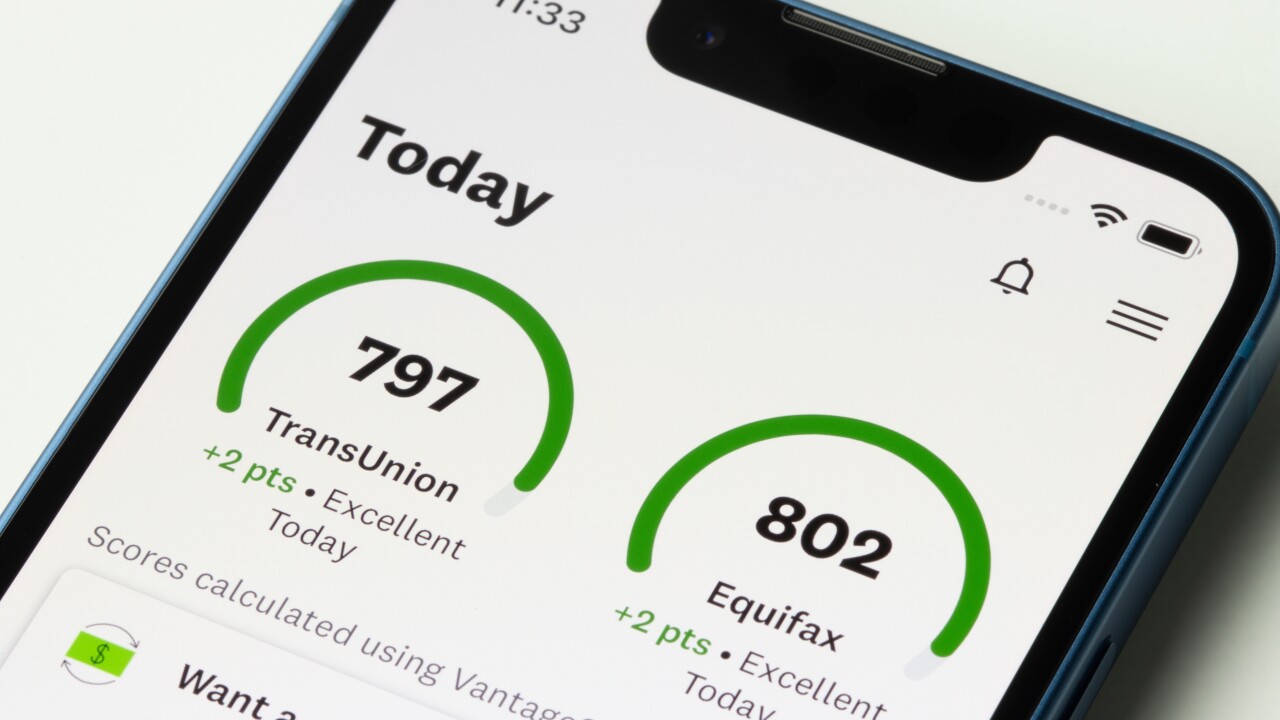
The Federal Deposit Insurance Corp. has finalized
“Servicers’ advances of principal and interest funds on behalf of mortgagors [will] be insured up to $250,000, consistent with the coverage of payments for principal and interest collected directly,” the FDIC said in a fact sheet issued with its Jan. 21 final rule.
The rule addresses concerns related to what has previously been a lack of coverage for
It also clarifies whether or not the rules cover funds that are advanced when borrowers pay off a loan prior the month-end closing, come from distressed homeowner programs, or satisfy obligations to buy out or repurchase a loan due to a loan performance trigger or flaw.
Interest-shortfall advances for early pay-offs are covered because “they are traceable at the loan level and satisfy the interest obligation of the mortgagor,” according to the FDIC’s final rule.
The guidance for funds from distressed homeowner programs is less clear-cut, but the corporation indicated that these would generally be covered.
“While each program would need to be evaluated on its individual terms, the FDIC expects that funds originating from most government programs designed to help homeowners with mortgage payments would be included in the borrower’s insurable balance,” the corporation said in its final rule.
Funds used to buy out or repurchase a loan won’t be covered.
“Although the amount of unpaid principal balance plus the accrued but unpaid interest on that loan is the price paid to repurchase the loan from the pool, the repurchase of the loan from the investor pool does not satisfy the borrower’s principal and interest obligation, and thus, falls outside the scope,” the FDIC said.
The FDIC declined a suggestion by trade groups that would have eliminated the borrower-level allocation in order to address the fact that servicers manage accounts on a portfolio basis, noting that it would “significantly expand deposit insurance coverage in some cases.”
Commenters had suggested calculating coverage based on “the lesser of the balance in the mortgage servicing account or the number of borrowers multiplied by the [standard maximum deposit insurance amount].”
One servicing system provider had noted that the rule would require some data mapping as portfolio records are converted to those at loan-level. The final version gives the industry more than two years to do the work, with an implementation date of April 1, 2024.
The rule also simplifies deposit insurance calculations for trusts, eliminating differences between two categories, revocable and irrevocable.
Both these types of trusts will be insured up to $250,000 for each beneficiary, not to exceed five, with a maximum of $1.25 million per owner and depository institution.
A consistently high volume of trust inquiries over the last 13 years spurred the change, according to the FDIC.





